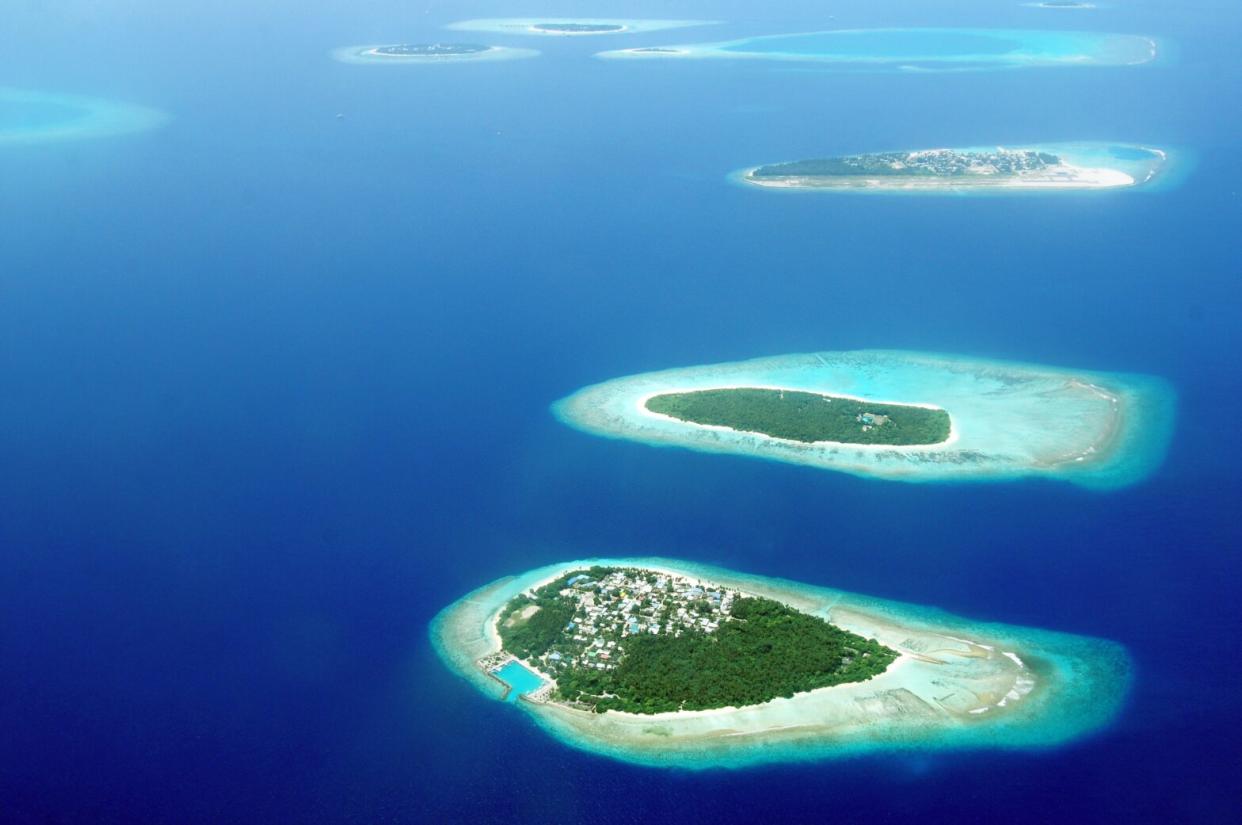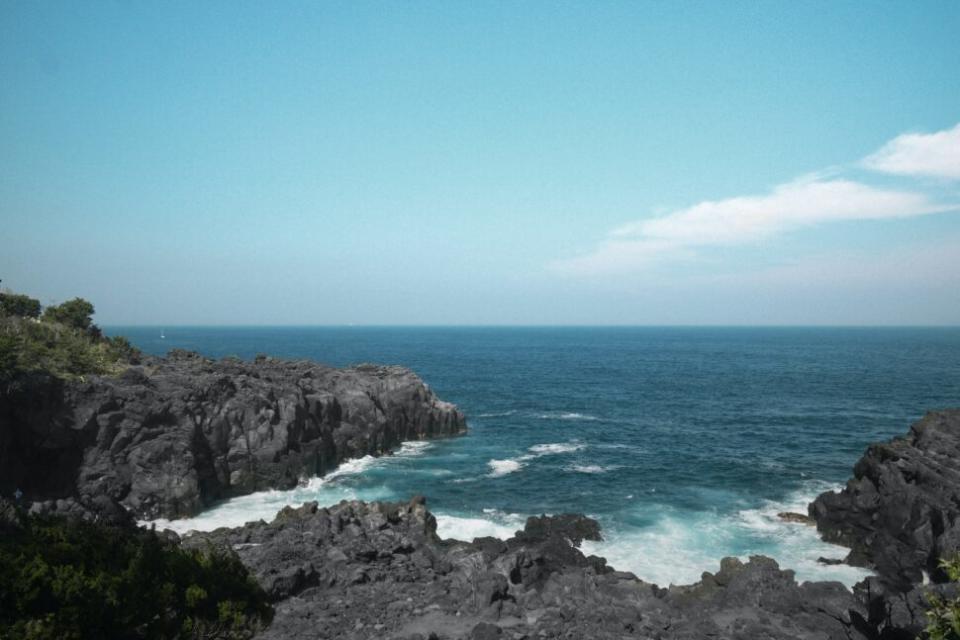Here’s What Could Happen To The 7,000 New Islands Discovered In Japan

According to geologists, the size of Japan has doubled due to a miscount of the archipelago in 1987.
The Geospatial Information Authority (GIA) recently discovered that that organization miscounted the number of islands that comprised the country in a previous land survey. According to Architecture Design, GIA attributed the miscount to having limited technology. The new survey revealed Japan has 14,125 individual landmasses compared to the 6,000 discovered in the past study.
These new islands are naturally occurring landmasses that emerged over time. GIA believes they could have existed in 1987, but geologists mistakenly lumped many of them together into one island. At the time, coastguards would use paper maps to locate landmasses with a circumference of at least 328 feet.

New Discoveries With No Changes
The discovery of the new landmasses won’t change the country’s territory or territorial waters, according to GIA. It also won’t have an impact on Japan’s travel and tourism industries. However, many people are discussing what could potentially happen to the newly discovered landmasses.
Truthfully, most of the new islands will remain untouched. GIA says most of them developed as a result of volcanic eruptions that either formed new landmasses from underneath the ocean or broke a larger island in two. Currently, only 400 of Japan’s 14,000 islands are habitable.
Extreme weather conditions and unliveable mountain terrain are two reasons most of the new islands will remain inhabitable. Additionally, a lot of the islands are made of volcanic ash and will erode over time, according to MIT News.
New Islands Are Always Forming
Japan isn’t the only country noticing the emergence of new islands. In September 2022, Nasa Earth Observatory discovered a new “baby” landmass off the coast of the Tonga islands. Unfortunately, NASA said new islands are not likely to survive.
“Islands created by submarine volcanoes are often short-lived, though they occasionally persist for years,” NASA told to The Independent.
The new island near Tonga sits within Home Reef, an area notorious for underwater volcanic eruptions. Underneath the surface, three tectonic plates collide in Home Reef making it a hotspot for eruptions, according to NASA. Like Tonga island, the lifespan of Japan’s new landmasses is unpredictable.
“An island created by a 12-day eruption from nearby Late‘iki Volcano in 2020 washed away after two months, while an earlier island created in 1995 by the same volcano remained for 25 years,” Nasa said.

